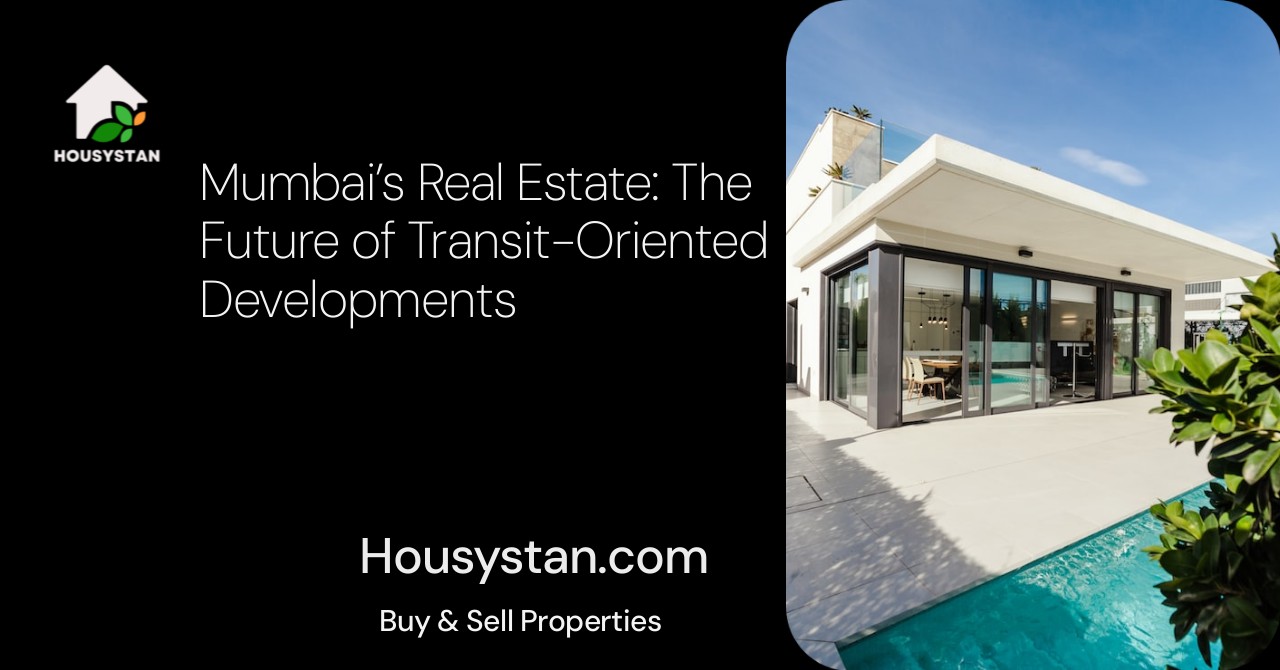Mumbai’s Real Estate: The Future of Transit-Oriented Developments
Read latest blogs and articles from Housystan

The Information mentioned here was last updated on:
11/12/2025Mumbai’s Real Estate: The Future of Transit-Oriented Developments
Mumbai, India’s financial powerhouse, is witnessing a transformative era in its real estate landscape, driven by the rapid adoption of transit-oriented developments (TOD). As the city continues to expand and urbanize, seamless integration of residential, commercial, and recreational spaces with efficient public transit systems is reshaping the way Mumbaikars live and work. This innovative approach is not only enhancing connectivity but also unlocking new opportunities for sustainable urban growth across key neighborhoods.
Transit-oriented developments in Mumbai focus on creating walkable communities around major transportation hubs, such as metro stations, suburban railway lines, and upcoming monorail corridors. By encouraging higher-density, mixed-use projects near these nodes, the city is addressing long-standing challenges like traffic congestion, pollution, and lengthy commutes. Residents now have better access to amenities, offices, and leisure destinations, reducing their reliance on private vehicles and promoting eco-friendly lifestyles.
- Verified Tenants/Buyers
- Unlimited Property Listing
- Zero subscription/charges fee
Areas like Bandra-Kurla Complex, Andheri, Ghatkopar, and Thane are emerging as prime examples of successful TOD initiatives. Developers are collaborating closely with urban planners and local authorities to design projects that cater to the evolving needs of Mumbai’s diverse population. These new developments offer modern infrastructure, green spaces, retail outlets, and educational institutions within walking distance of transit stations, fostering vibrant and interconnected neighborhoods.
The Maharashtra government’s active support for metro expansions, improved bus networks, and multimodal transport integration has further accelerated the adoption of this forward-thinking model. Investors and homebuyers in Mumbai are increasingly prioritizing properties that offer proximity to public transit, recognizing the long-term benefits in terms of convenience, property appreciation, and quality of life.
As Mumbai continues its journey toward becoming a world-class metropolis, transit-oriented developments will play a pivotal role in shaping the city’s future. With a focus on connectivity, sustainability, and community-centric planning, Mumbai’s real estate market is poised for robust growth, making it an ideal destination for both residents and investors seeking modern, accessible, and thriving urban living environments.